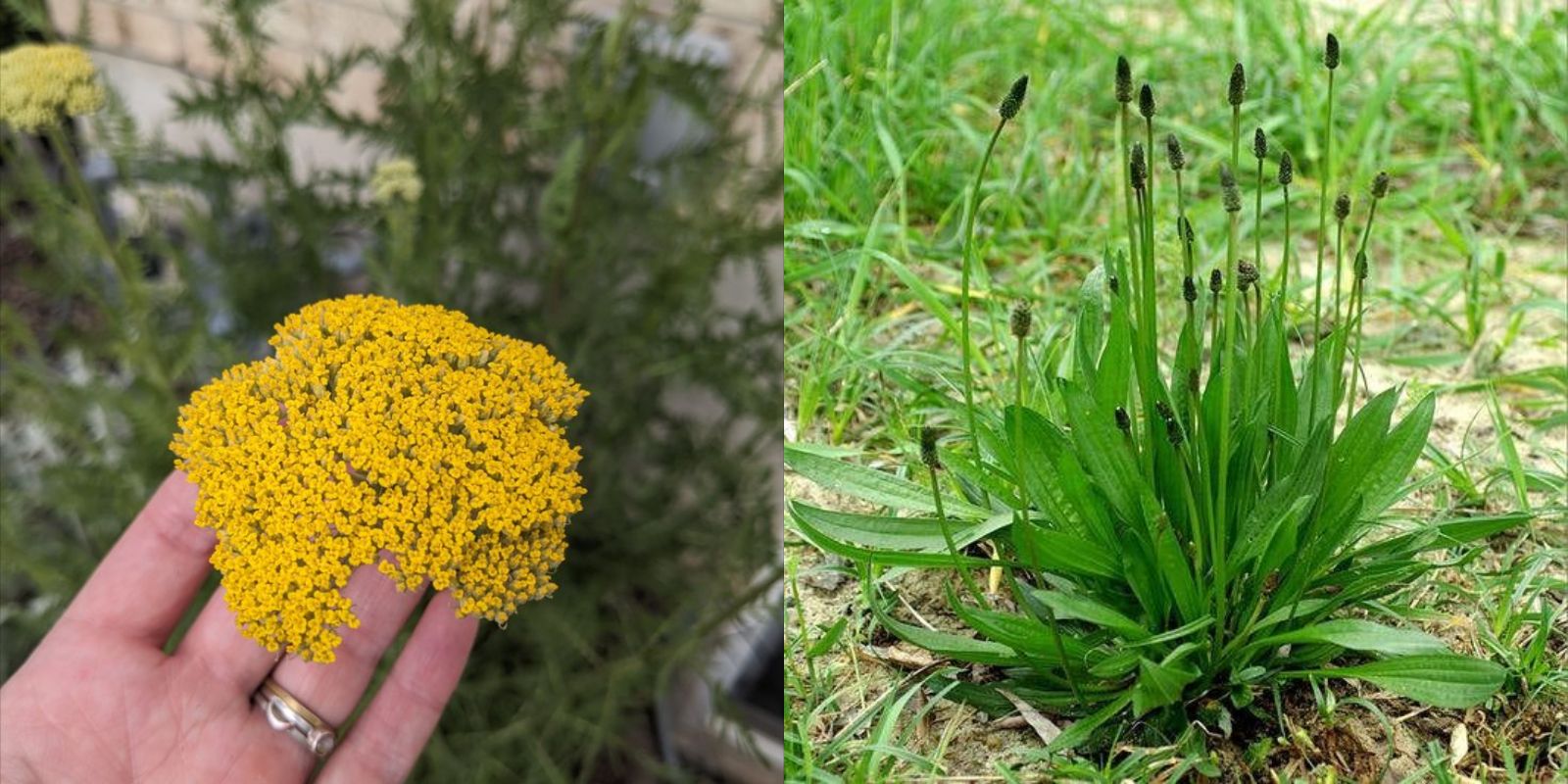In the hustle and bustle of modern life, we often overlook the natural treasures growing around us. Many plants that we consider weeds or insignificant are, in fact, packed with medicinal and nutritional benefits. These common plants, which grow abundantly and sometimes even invade our gardens, are gifts from nature that have been used for healing and nourishment for centuries. This article explores the hidden value of these often-overlooked plants, offering insights into their uses and encouraging a deeper appreciation for nature’s bounty.
Introduction
The phrase “Just because it grows everywhere doesn’t mean it’s not a real treasure” perfectly captures the essence of many common plants that are frequently dismissed as mere weeds. These plants are not only resilient but also incredibly valuable in terms of their health benefits. From medicinal properties to nutritional value, they offer a wealth of benefits that are often underappreciated. As we delve into the world of these humble plants, we find that they are indeed treasures that deserve our attention and gratitude.
The Hidden Value of Common Plants
1. Nutritional Benefits:
Many common plants are rich in essential nutrients, making them valuable additions to our diets. For example:
- Dandelion (Taraxacum officinale): Often considered a weed, dandelions are packed with vitamins A, C, and K, as well as minerals like iron, calcium, and magnesium. The leaves can be used in salads, while the roots can be roasted and used as a coffee substitute.
- Nettle (Urtica dioica): Nettle leaves are high in iron, calcium, and protein. They can be used in teas, soups, and as a spinach substitute. Nettles also contain a variety of beneficial compounds, including antioxidants and anti-inflammatory agents.
- Chickweed (Stellaria media): This common ground cover is rich in vitamins and minerals, including vitamin C, magnesium, and iron. It can be eaten raw in salads or cooked as a green vegetable.
2. Medicinal Properties:
Beyond their nutritional value, many common plants have been used traditionally for their medicinal properties:
- Plantain (Plantago spp.): Known for its soothing properties, plantain leaves can be used to treat minor cuts, insect bites, and skin irritations. The leaves contain compounds that help reduce inflammation and promote healing.
- Yarrow (Achillea millefolium): Yarrow is a versatile herb with antiseptic and anti-inflammatory properties. It has been used traditionally to stop bleeding, treat fevers, and alleviate digestive issues.
- Red Clover (Trifolium pratense): This plant is often used for its blood-purifying properties and is rich in isoflavones, which can help balance hormones and support menopausal health.
3. Environmental Benefits:
Common plants play crucial roles in ecosystems. They provide habitat and food for wildlife, support soil health, and contribute to biodiversity. For instance, dandelions are among the first flowers to bloom in spring, providing nectar for bees and other pollinators when few other flowers are available.
How to Utilize Common Plants
1. Identifying and Researching:
The first step in utilizing common plants is to identify them correctly. Many plants have look-alikes that may not be safe to consume. Invest time in learning about the plants in your area, using field guides or apps to assist with identification. Once identified, research their uses and benefits.
2. Harvesting Responsibly:
When harvesting wild plants, it’s essential to do so sustainably. Take only what you need, and avoid uprooting entire plants, especially if they are rare or endangered. Always harvest from clean areas, away from roadsides or places where pesticides might have been used.
3. Preparing and Using:
Common plants can be used in various ways:
- Teas and Infusions: Many plants, like nettle and red clover, make excellent teas. Simply steep the leaves or flowers in hot water to extract their beneficial properties.
- Salves and Ointments: Plants like plantain and yarrow can be used to make soothing salves for the skin. Infuse the leaves in oil, then combine with beeswax to create a healing balm.
- Culinary Uses: Incorporate plants like dandelion and chickweed into your diet by adding them to salads, soups, or smoothies. These plants not only add nutritional value but also unique flavors to your meals.
The Spiritual and Philosophical Perspective
In many cultures, plants are seen as gifts from the divine, offering healing and sustenance. This perspective encourages us to see nature as a source of wellness and a reflection of the Creator’s generosity. By acknowledging and using these plants, we honor this gift and the intricate wisdom of nature.
“God heals us through nature. Thank God for this incredible gift.”
This sentiment reminds us to be grateful for the natural remedies and resources around us. In an age where synthetic drugs and processed foods dominate, returning to nature’s simple offerings can be both healing and spiritually fulfilling.
Encouraging Interaction and Appreciation
1. Sharing Knowledge:
One of the best ways to appreciate the value of common plants is to share knowledge about them. Teach friends and family about the plants and their uses. Participate in or organize workshops and foraging walks to spread awareness.
2. Growing Your Own:
Consider growing these plants in your garden. Not only will this provide you with a convenient source of natural remedies and nutrition, but it will also help you connect with nature on a deeper level.
3. Documenting and Experimenting:
Keep a journal of your experiences with common plants. Document recipes, remedies, and the effects you observe. This practice not only enhances your knowledge but also helps you appreciate the diversity and richness of these plants.
Conclusion
Common plants, often dismissed as weeds, are indeed treasures that offer a wealth of benefits. From their nutritional and medicinal properties to their environmental contributions, these plants are valuable allies in our quest for health and well-being. By learning to identify, responsibly harvest, and utilize these plants, we can tap into a rich source of natural remedies and nutrients.
Let us embrace the gifts of nature, give thanks for these incredible resources, and rediscover the healing power of the plants that grow all around us.

